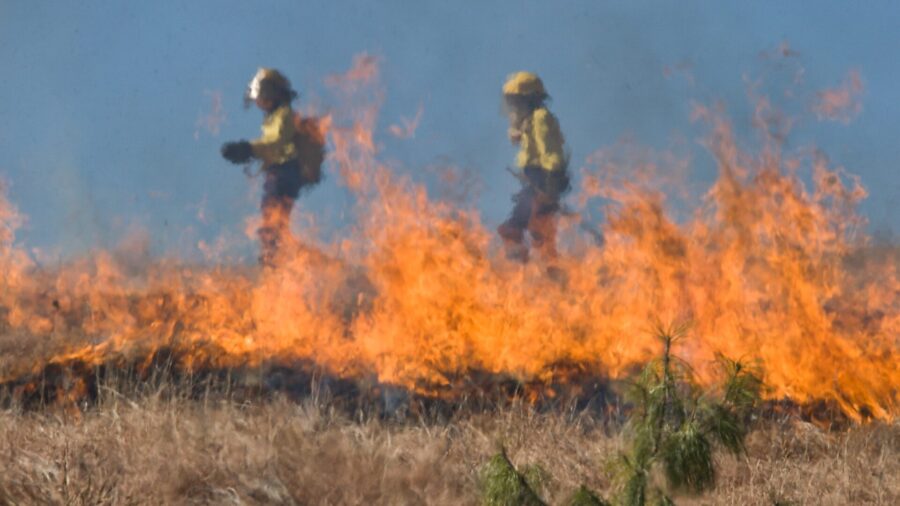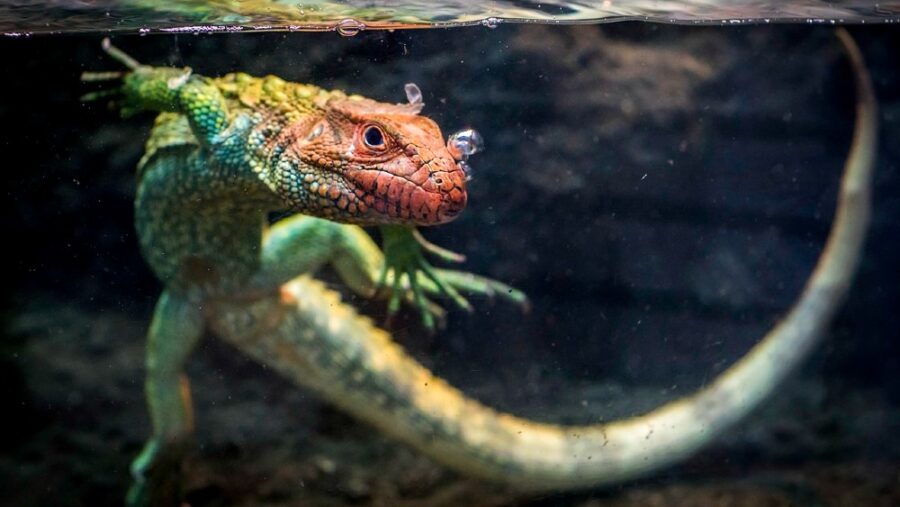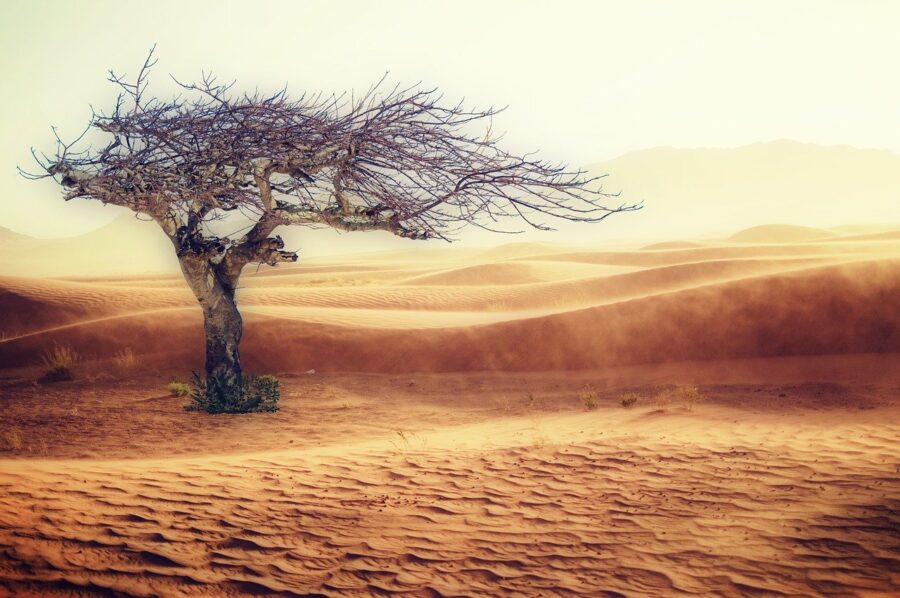Rare Lizard Not Seen In Nearly Half A Century Rediscovered

A rare lizard species called the Lyon’s grassland striped skink has been spotted in the Australian wilderness after 42 years. Doctor Andrew Amey, a herpetologist from the Queensland Museum, led the team that embarked on the quest to confirm whether this elusive lizard still inhabited northeast Queensland.
Once Thought To Be Extinct, Scientists Have Found A Lyon’s Grassland Striped Skink Lizard In Australia

According to Yahoo! News Australia, their findings exceeded expectations. The Lyon’s grassland striped skink lizard was found in Mount Surprise, 300 kilometers south of Cairns, Queensland. “Our mission was basically to see whether they were alive,” Doctor Amey said. “And so we targeted the one spot it was known to occur.”
However, the journey to find the lizard was challenging. The team had to navigate through high grass on a cattle farm, setting traps across a five-square-kilometer area where the skinks were last recorded. Pit traps were necessary as visual surveys were futile due to the thick grass. “You can’t visually survey for them because of the grass, so you just have to set the traps and be patient,” Doctor Amey added.
Natural Disasters Threatened The Rare Lizard

One reason for the initial rarity of the Lyon’s grassland striped skink is that it had been confined to a very small area, making it particularly vulnerable to natural disasters such as bushfires, droughts, and disease. Despite the area experiencing fires since the last sighting, researchers believe the lizard species survived due to its habitat preference, which involves living in cracks beneath the soil.
Doctor Conrad Hoskin from James Cook University, a member of the Queensland skink expedition, expressed his excitement about the rediscovery and the possibility of finding the reptile in new locations. “I think we’ve worked out their habitat really well. And when you look at the imagery like on Google Earth, you can see a whole lot of similar areas,” he said of the lizard.
The Skink Can Thrive In Grassy Lands

Doctor Hoskin also emphasized the importance of understanding the skink’s habitat preferences and how they played a crucial role in their successful rediscovery. Their ability to thrive in specific grassy areas with deep, cracking soil was a crucial insight for future lizard conservation efforts. With high numbers of skinks found beneath the soil in the surveyed area, there’s hope of saving the species.
The Expedition Found More Rare Lizard Species

Researchers plan to return to the region to search for other populations of this elusive skink, and they have received financial support from Queensland’s environment department for further expeditions. Still, the Lyon’s grassland striped skink remains listed as critically endangered by Queensland and the Commonwealth.
During the expedition, the researchers uncovered more good news for the scientific community. In addition to rediscovering the Lyon’s grassland striped skink, they found two other rare lizard species – the limbless Mount Surprise slider and the fine-lined slider. The strange worm-like lizards have very small or no legs from adapting to their sandy environments over time.
Saving Endangered Species

In a separate instance in Melbourne, researchers have been working tirelessly to conserve the Victorian grassland earless dragon, not seen since the 1960s. Breeding colonies have been established to protect this lizard species from extinction. The rediscovery of the rare lizards is a testament to the importance of protecting and preserving the planet’s fragile ecosystems.
Unfortunately, lizards face extinction due to various factors, including climate change, habitat loss, and agricultural expansion. Rising temperatures disrupt the lives of lizards, making it difficult for them to adapt physiologically to higher body temperatures, leading to extinction. Lizards also serve as prey for birds, snakes, and other animals, and are important predators of insects.










